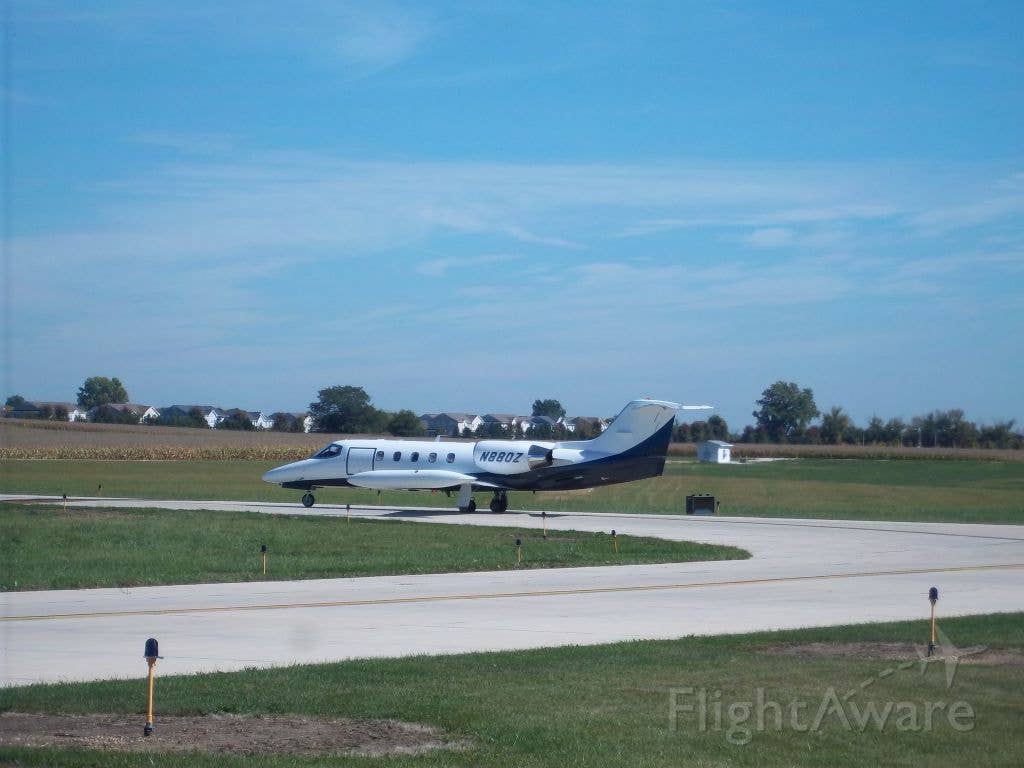Learjet Crashes At Gillespie Field In Southern California; Four Dead
A Learjet 35A crashed at Gillespie Field (KSEE) in El Cajon, California, around 7:15 local time Monday night (Dec. 27) while executing an overhead visual approach from the north to…

Photo: FlightAware
A Learjet 35A crashed at Gillespie Field (KSEE) in El Cajon, California, around 7:15 local time Monday night (Dec. 27) while executing an overhead visual approach from the north to Runway 27R. The pilot had canceled his IFR clearance after flying a GPS instrument approach to Runway 17. ATC recordings reveal the pilot requesting the visual approach to 5,342-foot-long Runway 27R, which is 1,200 feet longer than Runway 17.
The tower controller instructed him to cross over the airport to the south and enter a left downwind, and then cleared the Learjet to land. About 75 seconds later, however, the pilot can be heard shouting expletives just before the steep impact, which occurred in the area of the turn from base leg to final. The two pilots and two passengers were killed in the crash.
The aircraft, which was operated by Med Jet LLC, a medical transport service, came down on a street in a residential area, but no one on the ground was injured. The 19-minute accident flight originated at John Wayne Airport (KSNA) in Santa Ana, California. According to FlightAware data, the day’s flying began with a 30-minute early afternoon flight from KSEE to Lake Havasu City Airport (KHII) in Arizona, followed by the early evening departure for the 41-minute flight to KSNA, then back to KSEE.
Including the accident flight, FlightAware history shows 18 separate flight segments for the Learjet within 12 days, ranging from KSEE, the Learjet’s home base, to as far east as Atlanta, Georgia, and Roanoke, Virginia, and as far north as Portland, Oregon. It’s unclear at press time if the final leg was a revenue flight and the two passengers were patients and/or medical personnel. Med Jet was incorporated in January 2019, about two months before the 1985 Learjet was registered to the company. Financial records show the company’s corporate address as what appears to be a residence in El Cajon.
Weather at the time was reported as VFR with light winds, but showing localized rain and broken clouds at 2,000 feet, overcast at 2,600 feet. While many are questioning the pilot’s decision to cancel the GPS instrument approach and request a circling visual approach, one internet thread commenter who identified himself as a Learjet 35 pilot wrote that performance requirements for the aircraft would not allow for landing on the shorter runway, especially when it was wet. The local fire chief told CNN, "When firefighters arrived at the scene there was significant rain occurring and there was a large debris field that stretched about 200 feet.”
FlightAware data does show the Learjet at an unusually low altitude during the start of the visual approach as it crossed over the top of the airport. And during the approach, the pilot asked the tower to turn up the lights on Runway 27R, but the controller responded they were already at 100 percent.






